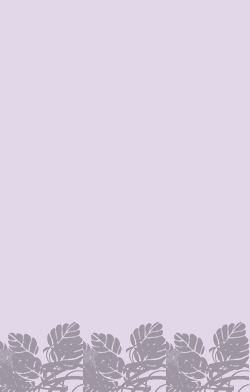The Spectacled Flying-fox, Pteropus conspicillatus also known as the Spectacled Fruit Bat, lives in Australia’s north-eastern west regions of Queensland. It is also found in New Guinea and on the offshore islands including Woodlark Island, Alcester Island, Kiriwina, and Halmahera.
The head and body length is 22–25 cm, forearm 16–18 cm, weight 400–1000 g. A large black flying fox has pale yellow or straw-colored fur around its eyes. The mantle is pale yellow and goes across the back, neck, and shoulders. Some have pale yellow fur on the face and top of the head.
Spectacled Flying-foxes are forest dwellers and rainforests are its preferred habitat. They prefer to roost in the middle and upper canopies of rainforest in the full sun. Colonies of the Spectacled Flying-fox can also be found in mangroves, paperbark and eucalypt forests. No colony is known to be found more than 7 km from a rainforest. It lives in the canopy and lives off of the various fruits that are found there.
(From Wikipedia, May 17th, 2010)
– – –
This species is sexually dimorphic in size.
Females weigh 510-665 g, while males weigh 950-100 g.
Forearm length is 157-181 mm and head and body length is 220-240mm.
Pteropus conspicillatus is black with a yellow mantle. The fur surrounding the eyes is yellow-green, giving the appearance of spectacles.
(Flannery, 1995; Andersen, 1912; Chambers, 1998)
(From EOL via Animal Diversity Web)





